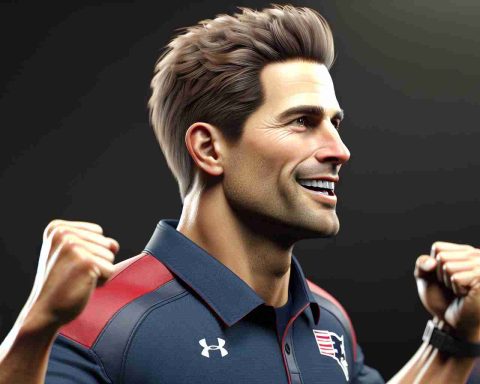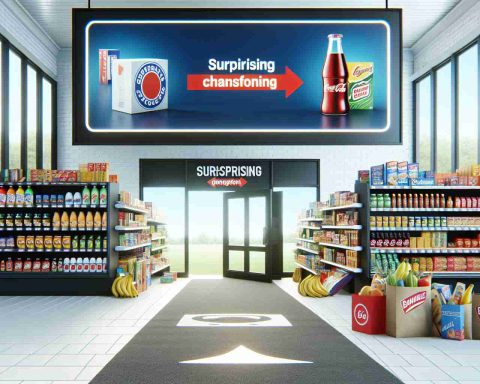Harley-Davidson, a legendary name in motorcycling since 1903, has consistently led the market with impressive sales figures, reaching over 150,000 units annually for several years. Known for a diverse range of motorcycles, Harley’s lineup includes everything from military bikes to luxurious baggers, characterized by their practicality and comfort for long rides. With features like spacious saddlebags and advanced infotainment systems, these motorcycles cater to modern riders looking for both style and functionality.
However, Harley isn’t the sole player in the bagger market. An increasing number of manufacturers are stepping up with their own offerings, presenting alternatives that challenge Harley’s dominance. Among these competitors, Indian Motorcycle, with its Challenger series, offers compelling options for enthusiasts. The Challenger Elite model stands out with a starting price of $38,499, showcasing a cutting-edge V-twin engine and an array of high-tech features designed for a smooth and enjoyable riding experience.
Kawasaki also makes a strong impression with the Vulcan Voyager. This bike combines power and affordability, featuring a robust 1700 cc V-twin engine and priced around $20,199. Built for road trips, it includes locking saddlebags and advanced audio capabilities, proving that riders have a variety of excellent options to consider beyond the iconic Harley offerings.
As the motorcycle industry evolves, the competition only heats up, bringing innovative designs and features to enthusiasts around the globe.
The Rise of Rival Baggers: A Look Beyond Harley-Davidson
The motorcycle industry has experienced a significant transformation in recent years, particularly in the bagger segment, where competition is intensifying. While Harley-Davidson has long been the reigning giant, several manufacturers have entered the fray with impressive offerings that are reshaping the landscape for bagger enthusiasts. This article explores the rise of rival baggers, examining the key players, market trends, and emerging challenges in this dynamic sector.
Who are the key competitors to Harley-Davidson in the bagger market?
Aside from Indian Motorcycle and Kawasaki, other brands are making their mark. Notably, brands like Honda, Yamaha, and BMW have launched models that cater to the growing demand for baggers. The Honda Gold Wing, for instance, is renowned for its exceptional touring capabilities and luxurious features, making it a popular choice among long-distance riders. Additionally, Yamaha’s Star Eluder and BMW’s K 1600 B are gaining traction, bringing their unique technological advancements and styling to the bagger category.
What are the driving forces behind the rise of rival baggers?
The increasing preference for customization and the demand for advanced technology are significant factors influencing the market. Riders now seek motorcycles that not only offer comfort but also reflect their personal style. This shift is prompting manufacturers to invest in custom options and modern features, such as smartphone connectivity, adaptive cruise control, and advanced navigation systems.
What challenges do rival manufacturers face?
Despite the growing competition, several challenges persist. A primary concern for emerging brands is establishing consumer trust and brand recognition in a market dominated by Harley-Davidson’s storied legacy. Additionally, the high costs associated with research and development for cutting-edge technology can be prohibitive for smaller manufacturers. Moreover, some competitors struggle with supply chain issues, which can affect production timelines and inventory management.
What are the advantages and disadvantages of non-Harley baggers?
Advantages:
– Innovation and Features: Many rival baggers offer advanced technology and innovative designs that appeal to tech-savvy consumers. For example, Indian’s Ride Command system provides a user-friendly interface that integrates navigation, audio, and vehicle stats.
– Diverse Price Range: Brands like Kawasaki and Honda provide more budget-friendly options, making baggers accessible to a wider audience. For instance, the Vulcan Voyager offers substantial features at a more competitive price point compared to some Harley models.
– Customization: Many manufacturers are now offering extensive customization options, allowing riders to personalize their bags to suit their tastes and riding styles.
Disadvantages:
– Brand Loyalty: Harley-Davidson’s long-standing heritage and brand loyalty complicate the entry of competitors. Many riders have emotional connections to the Harley brand that may not easily switch to newer entrants.
– Perceived Quality: Some consumers may perceive non-Harley baggers as lower quality, whether due to brand recognition or the perceived reliability associated with Harley-Davidson’s models.
– Aftermarket Support: Harley enjoys a robust aftermarket support network, which may not be as developed for newer competitors, potentially limiting customization options and parts availability.
In conclusion, the rivalry in the bagger market is set to enhance consumer choice and spur innovation. As manufacturers continue to adapt to shifting consumer expectations, we may see a more diverse range of bikes that challenge the longstanding dominance of Harley-Davidson. For further insights into motorcycle trends, visit Motorcycle.com.









